7 things you never knew you could clean with bleach
Don’t be scared of bleach, it’s a useful home sanitizer
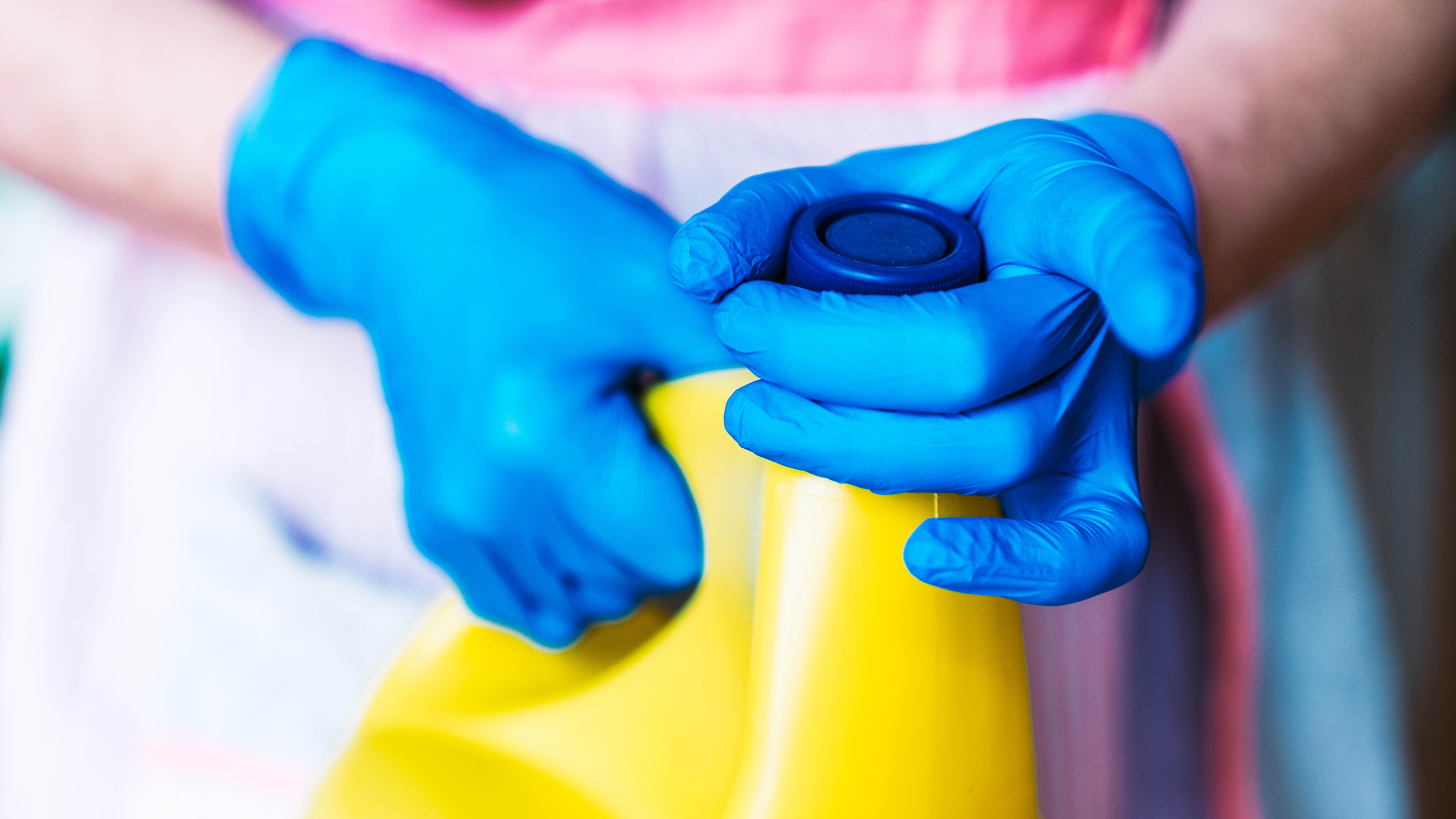
Bleach is a strong chemical, which is why cleaning with bleach is something we often reserve for really nasty jobs like cleaning the toilet. Furthermore, bleach can damage some surfaces and strip the color from others. So often it feels safer to steer clear of it and reach for alternative cleaners instead.
But when used correctly though, bleach can be an incredibly effective cleaner for sanitizing items and surfaces around your home. If you exercise a little caution, like diluting it for some tasks, it’s reassuringly efficient at killing germs and bugs.
In case you don’t know, we should point out that mixing bleach with anything other than water is a no-no. Bleach can react with other chemical cleaners to form a toxic gas that is potentially very harmful. But stick to the rules and only dilute with water and you’ll find bleach is a useful disinfectant to keep around.
Be sure to also read our guide on 7 things you should never clean with bleach.
1. Trash cans
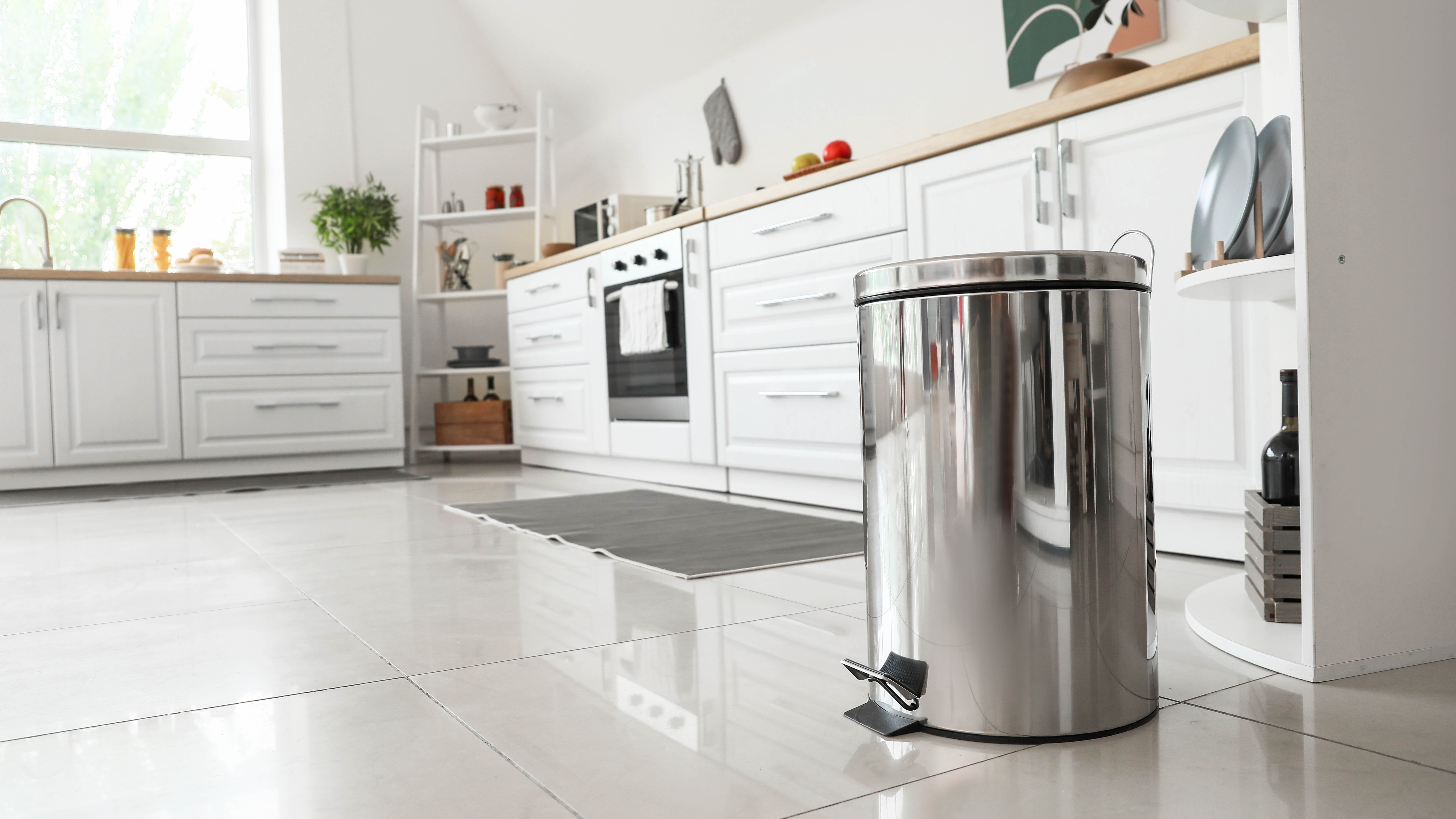
Trash cans, garbage cans, waste bins, whatever you want to call them. Any place that you collect and store your household waste, whether outside or inside, is somewhere that can accumulate bacteria, fungus, and nasty smells.
Bleach is the perfect chemical to disinfect and sanitize most types of trash can. First though, you’ll need to clean out any visible grime or residues with warm soapy water. Once the visible dirt is gone, you can eliminate the not so visible bacteria and germs by spraying with a diluted bleach solution and allowing it to sit for around 10 minutes before wiping away.
If your bleach label doesn’t include information on the best way to dilute it, the Centers for Disease Control and Prevention recommends ⅓ cup of bleach per gallon of room temperature water.
Sign up to get the BEST of Tom's Guide direct to your inbox.
Get instant access to breaking news, the hottest reviews, great deals and helpful tips.
You might also be interested in these other ways to deodorize your trash can.
2. Walkways and patios
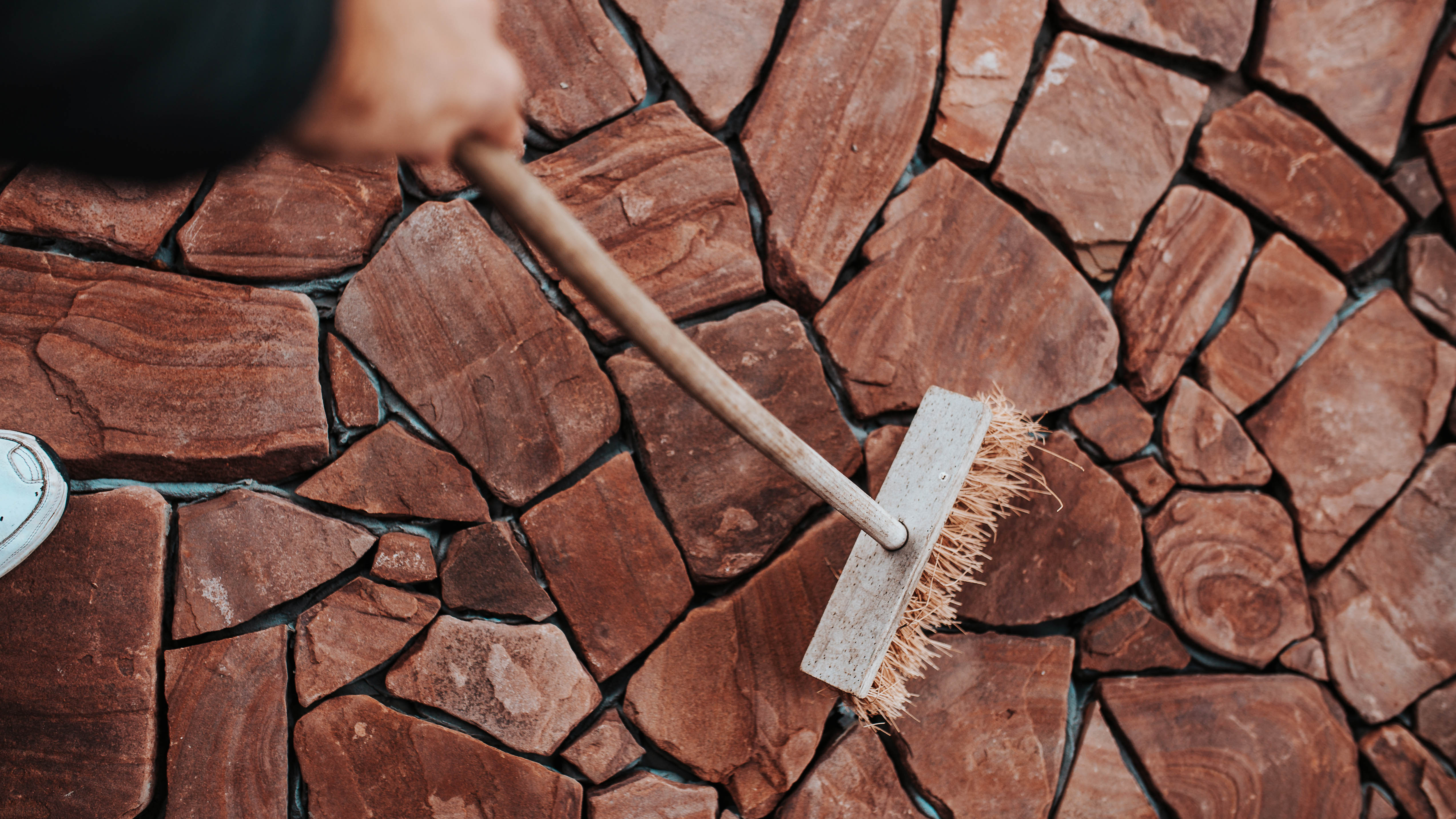
If you’ve got a concrete patio or walkway that needs sprucing up, you could reach for a pressure washer, but this water guzzling tool is not always the best option.
Grab yourself a stiff brush or a stiff broom like this Yocada Floor Scrub Brush ($18.99, Amazon). Then, in a bucket dilute ¾ cup of bleach to every gallon of water. Scrub the solution into the concrete and leave it for around 20 minutes before rinsing away.
The bleach solution should kill moss, algae, and other similar organic residues, making them easier to clean away and bring your walkway back to life. But be careful not to use it too liberally next lawns and flower beds, as the solution can be damaging to plants. Rinsing the path well dilutes the solution enough so that if it runs off onto plants, it shouldn’t cause damage.
For more tips on how to clean your patio without a pressure washer, read this.
3. Garden tools
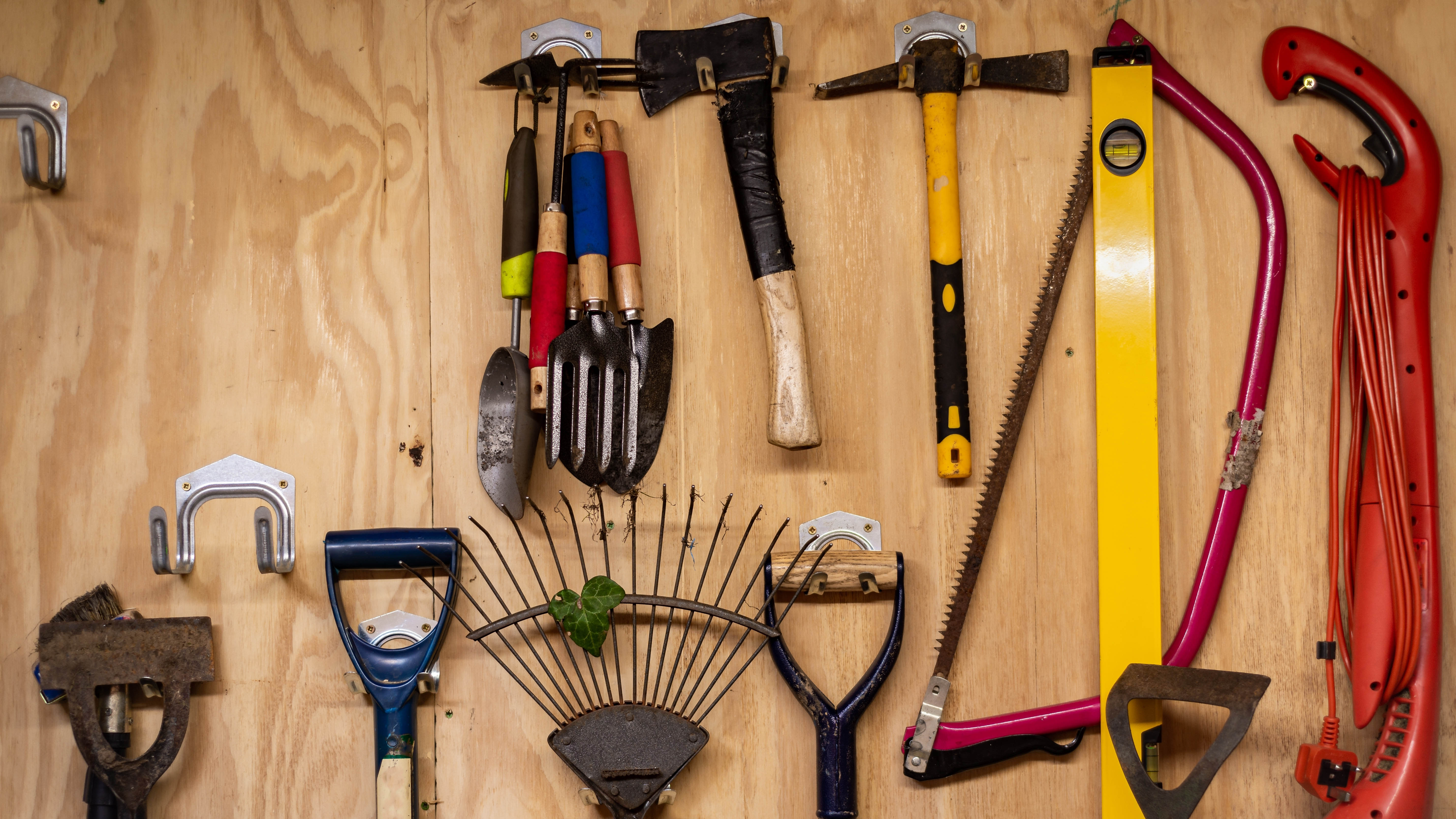
Hands up if you’re guilty of never cleaning garden tools like pruning shears? Well, here’s the thing, if you don’t clean and sanitize garden tools, you could be spreading diseases and fungus between plants.
So, to ensure your garden thrives and all your hard work doesn’t end up doing more harm than good, you’ve got to clean those tools. Before sanitizing, remove soil and clean off any other plant residues.
When sanitizing garden tools with bleach the University of Florida recommends soaking the tools for 30 minutes in a solution of one part bleach to nine parts water. Then rinse with clean water before drying and storing away.
For further advice, read these 5 ways to prepare your garden tools for spring.
4. Tile grout
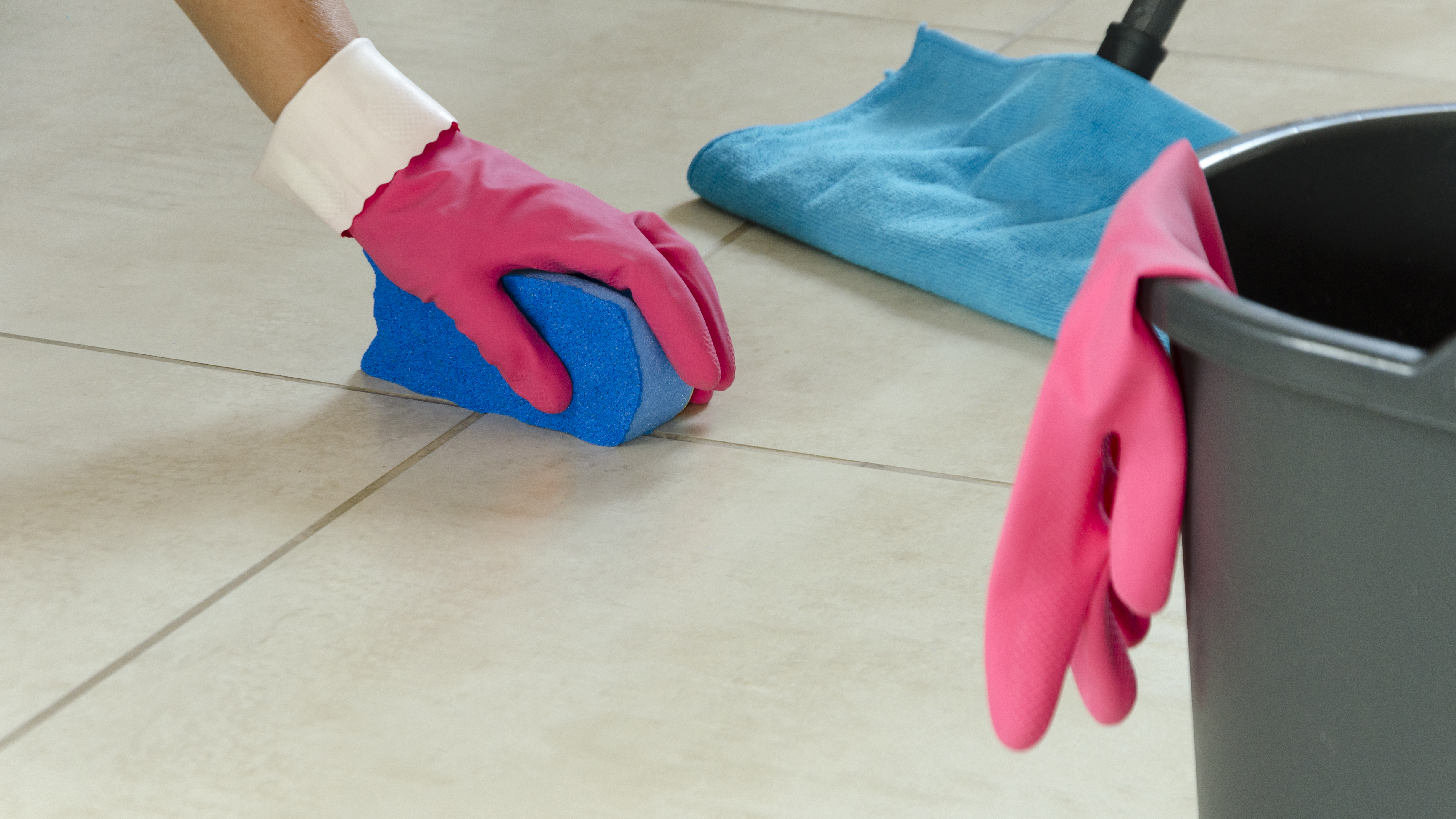
Grime and discoloration on tile grout can ruin the appearance of your bathroom. More often than not, it’s caused by mold and mildew, which is really hard to remove with conventional bathroom cleaning sprays.
Grab a clean spray bottle and mix up a 50/50 solution of bleach and cold water. Spray the solution on the grout and allow it to sit for 15-20 minutes before rinsing away.
It’s perfect for brightening white grout. But if you have a highly pigmented grout, it’s advisable to try it first on a small test area to ensure it won’t affect the color of the grout. And it’s best avoiding this method altogether if your tiles are made of natural stone.
Here’s how to clean floor tile grout and get rid of stains.
5. Dish cloths and sink
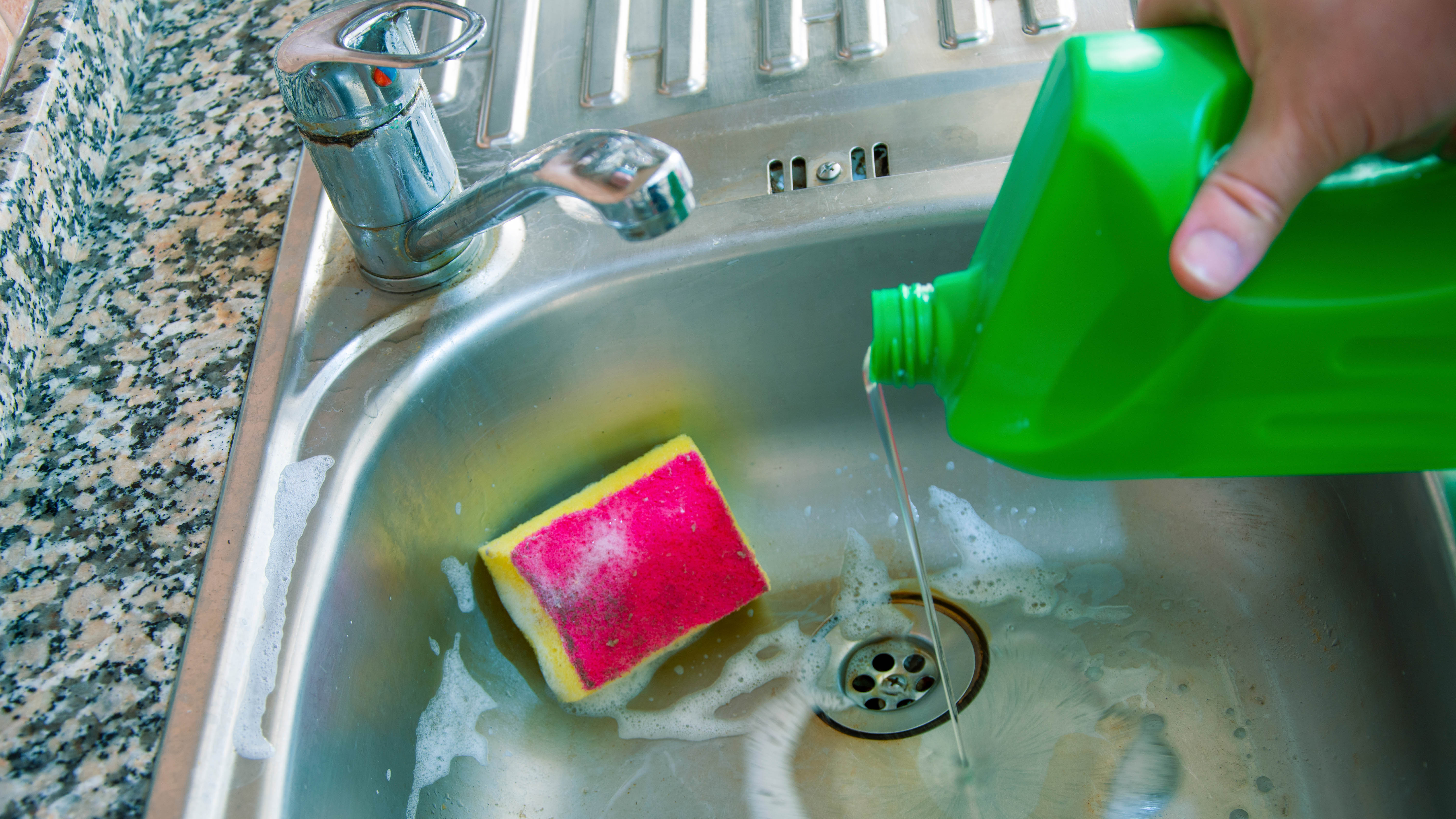
With this neat trick, you get to disinfect two things in one go. Dirty dish cloths or sponges spread bacteria around your sink and the rest of the kitchen. Keep dish cloths sanitized by soaking at least once a week in a bleach solution.
Fill your kitchen sink with cold water, about 1-2 inches deep is plenty. Add bleach according to the dilution information given on the bottle. Or use roughly ⅓ cup bleach to every gallon of water.
Soak dish cloths, sponges and other cleaning cloths in the bleach solution. After an hour or so, swish the solution around the sink to disinfect the rest of the sink before allowing it to drain away.
6. Shower curtain
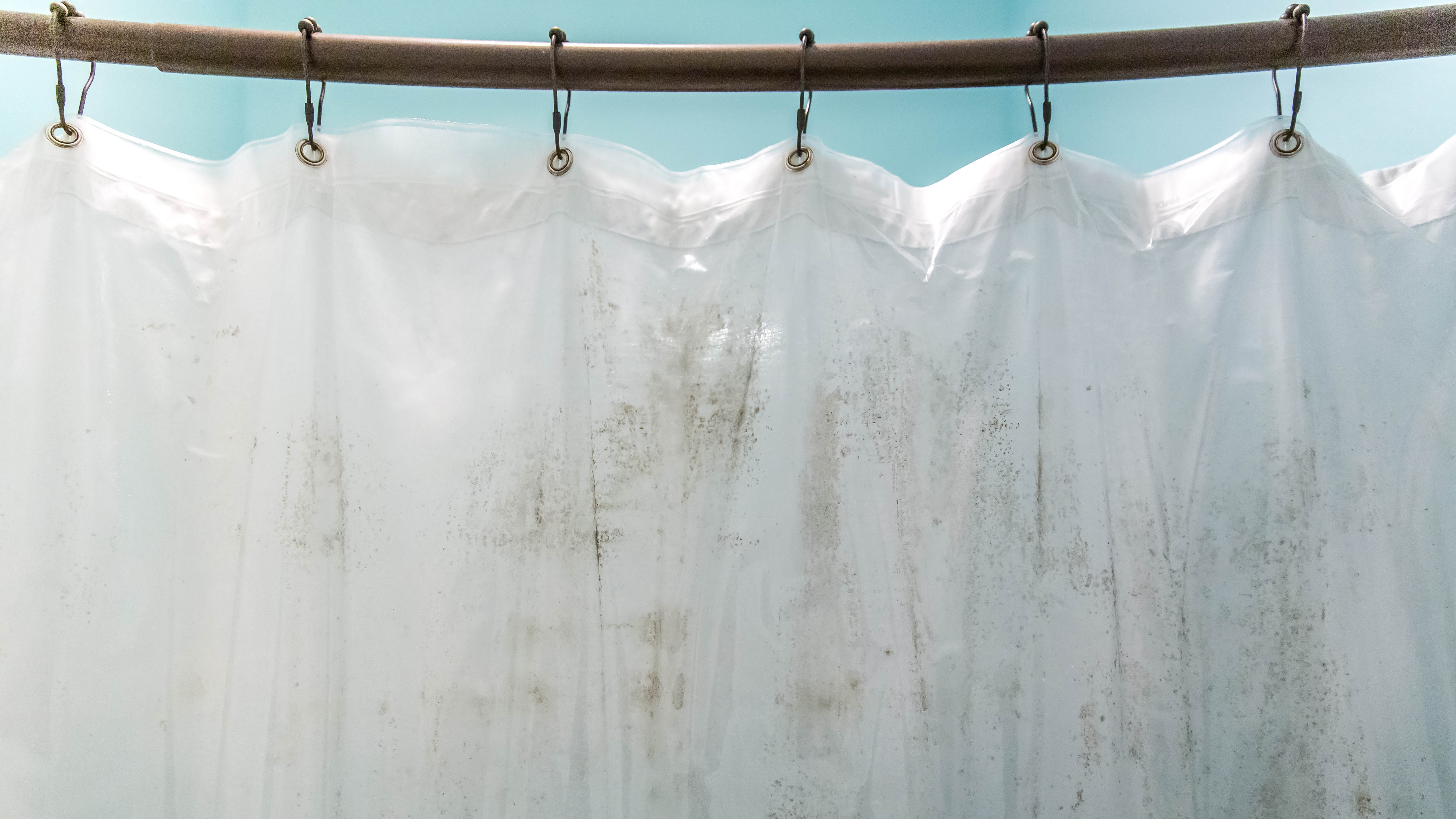
Black mold and mildew is a common problem on shower curtains. But don’t assume replacing it with a new one is the only option. You can remove mold and mildew stains by soaking the shower curtain in a bleach solution.
Remove the shower curtain and fill a bucket or your bathtub with cold water and bleach. Around ¼ cup bleach per gallon of water should work. But you can spot treat stubborn dark stains with a stronger solution if needed.
Most shower curtains are robust enough to withstand soaking in a bleach solution. But if you have a particularly expensive, brightly colored, or fancy shower curtain, always check the laundry label first.
You might also want to read these 7 tips on how to make your bathroom smell great.
7. Toothbrush and holder
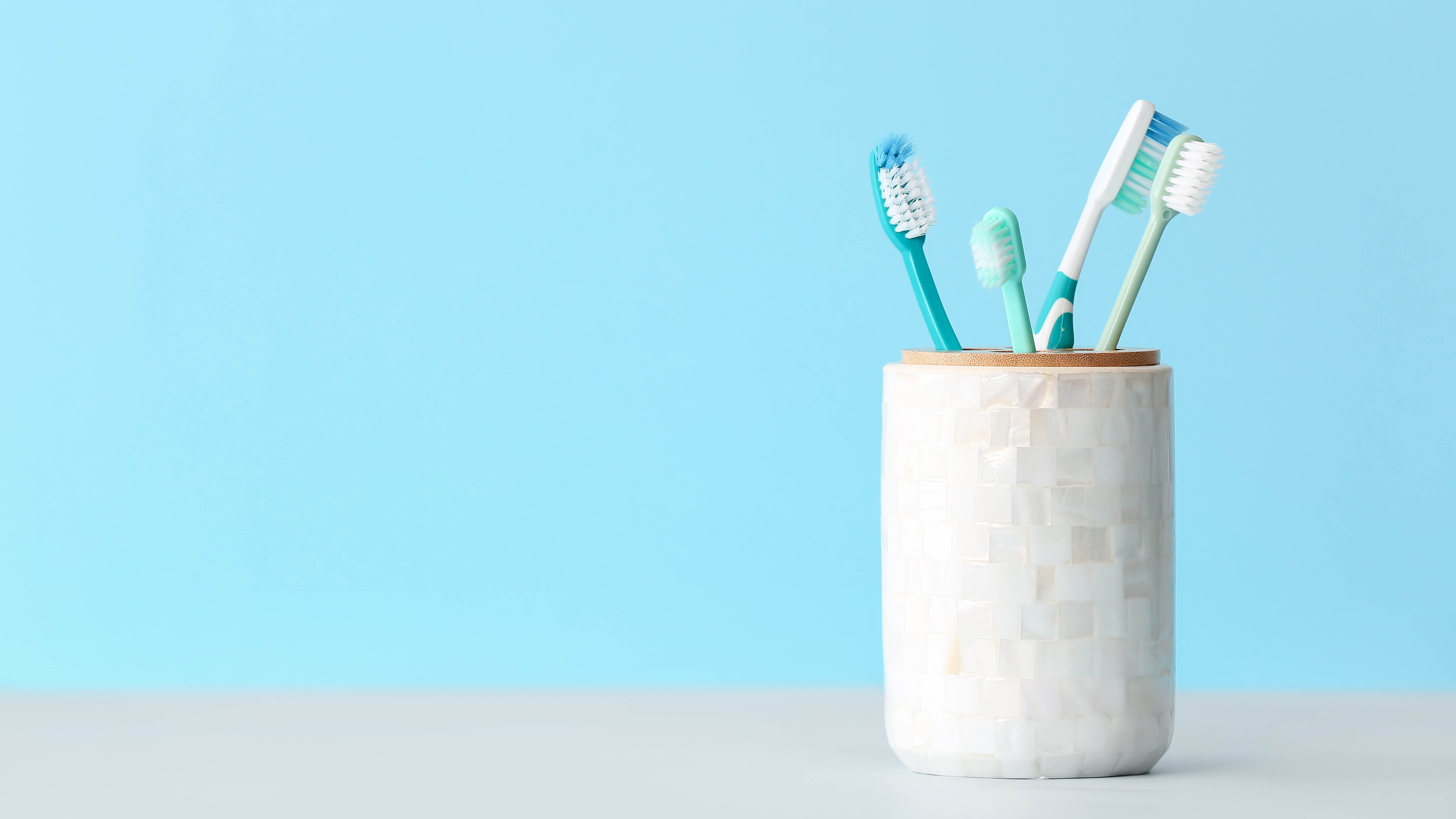
Let’s face it, nobody wants to clean their teeth with a bacteria riddled toothbrush. But, if you keep throwing your toothbrush into a cup that’s not frequently disinfected, it could be sitting in a pool of germs.
To ensure your toothbrush and toothbrush holder are not harboring germs, use a clean damp cloth to wipe away any toothpaste residue or build up from the toothbrush. Wash the toothbrush holder in warm soapy water. Soak both overnight in a solution of one part bleach to nine parts water. Make sure you thoroughly rinse away bleach residues before you next use the toothbrush.
Electric toothbrushes may not be suitable for soaking, so instead remove the head and wipe over the handle with a cloth or small brush dipped into the bleach solution, before rinsing clean.
If your electric toothbrush needs replacing, here’s our guide to the best electric toothbrushes
More from Tom's Guide
Helen started reviewing home and kitchen appliances in 2007 at the Good Housekeeping Institute and has never looked back. She’s now freelance and reviews all sorts of appliances from her home in a pretty village in the UK. Despite having reviewed hundreds of coffee machines in her time, she’s only recently developed a love for coffee and a daily coffee habit, which makes tasting all those coffees much more enjoyable!

